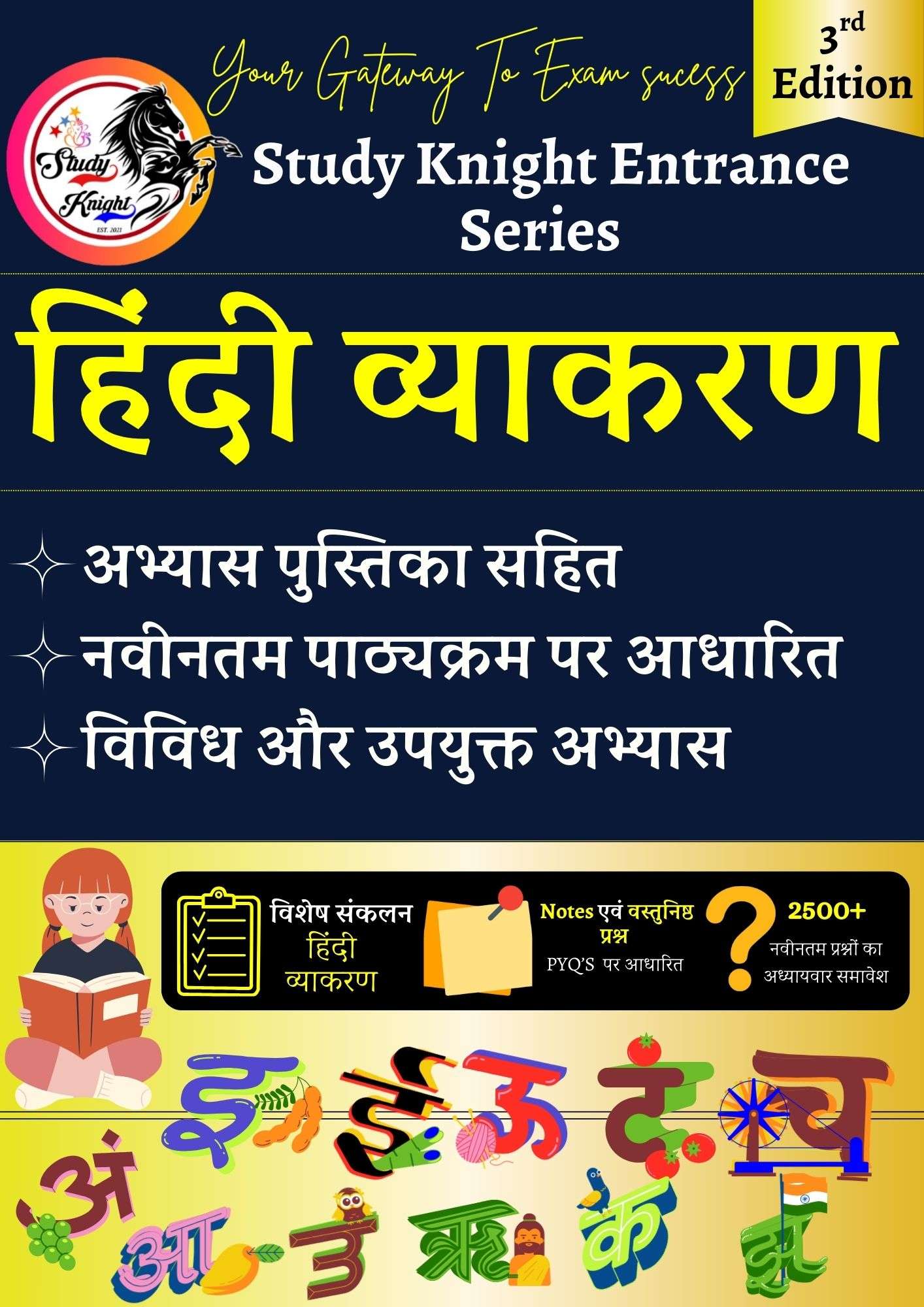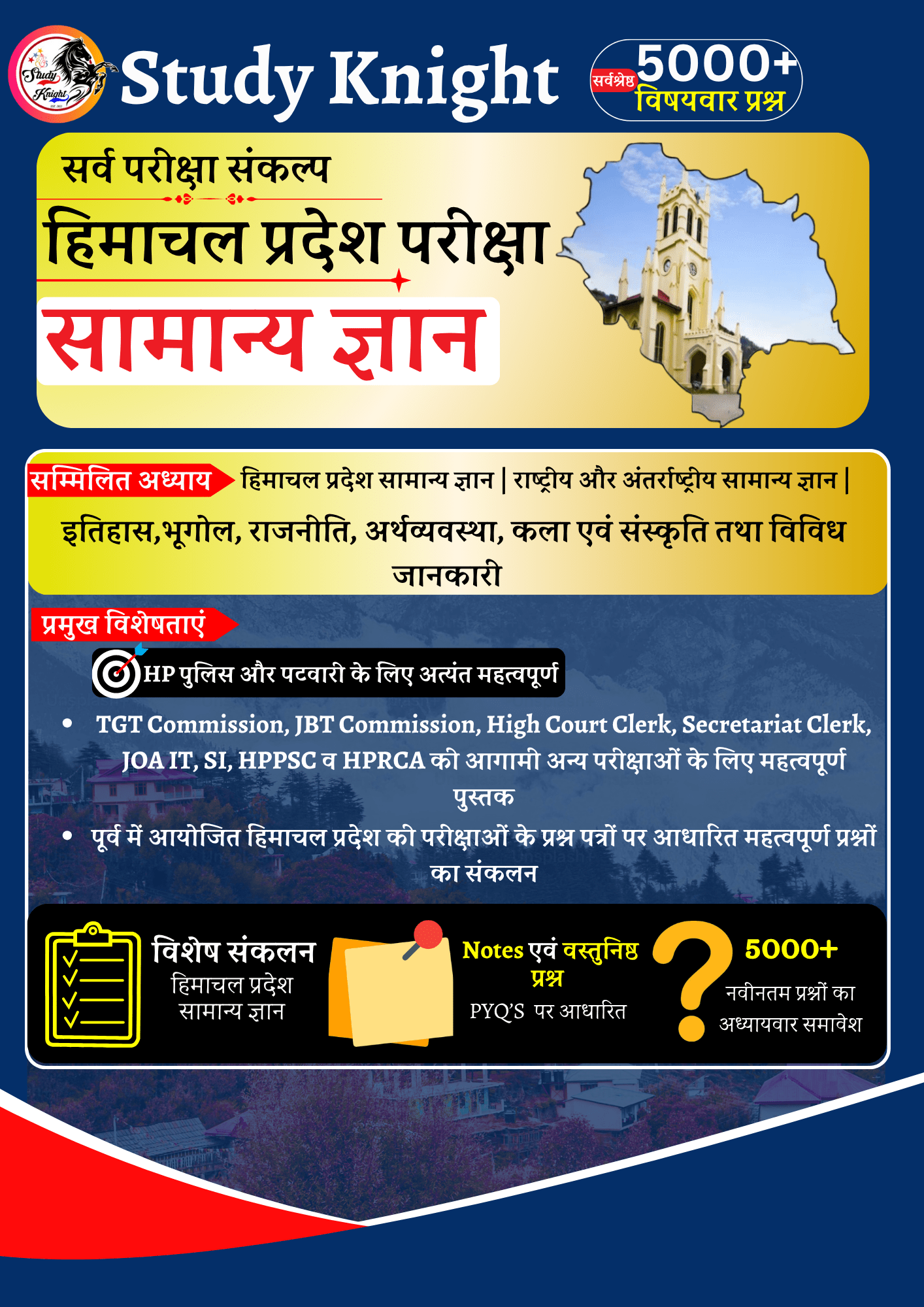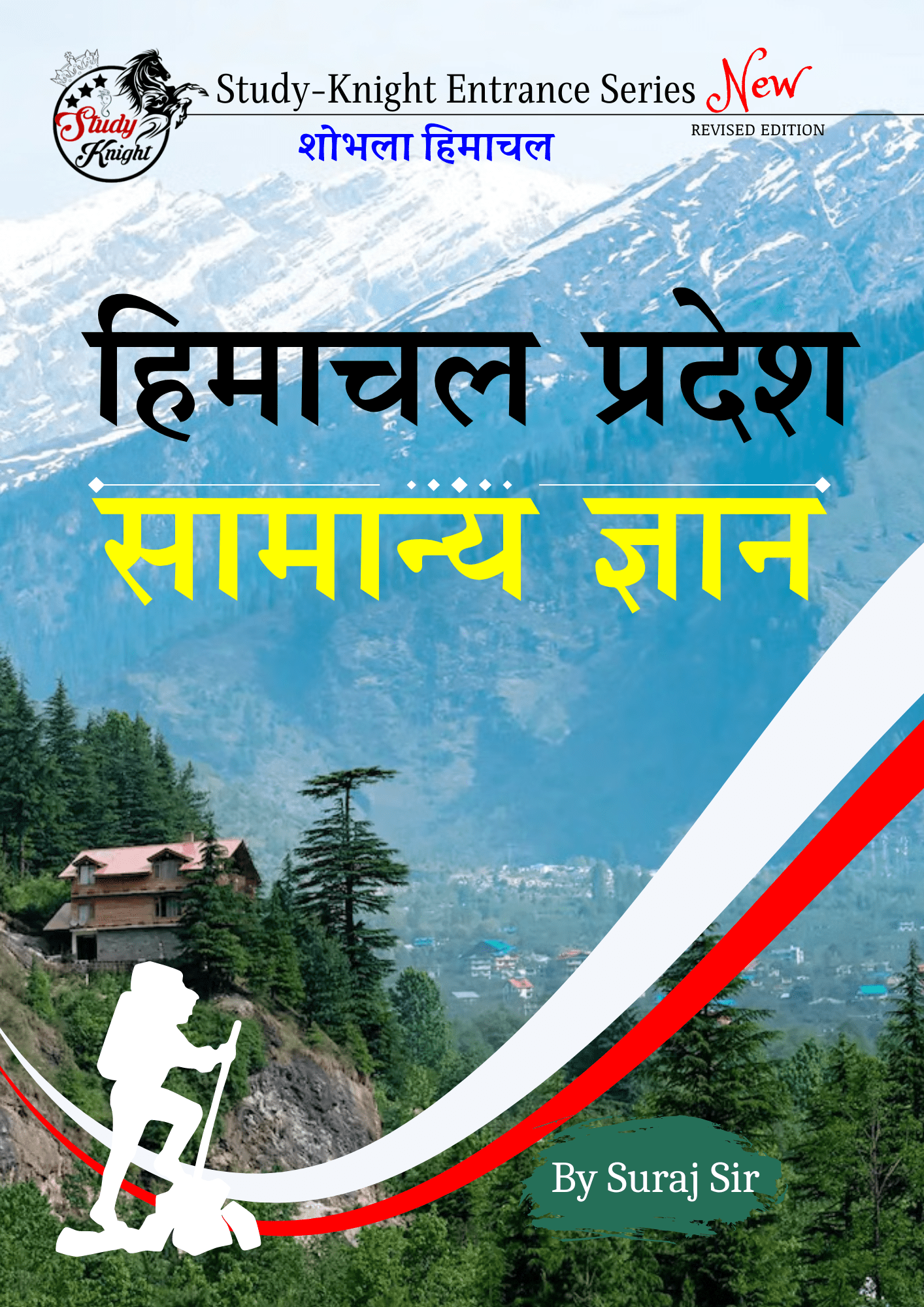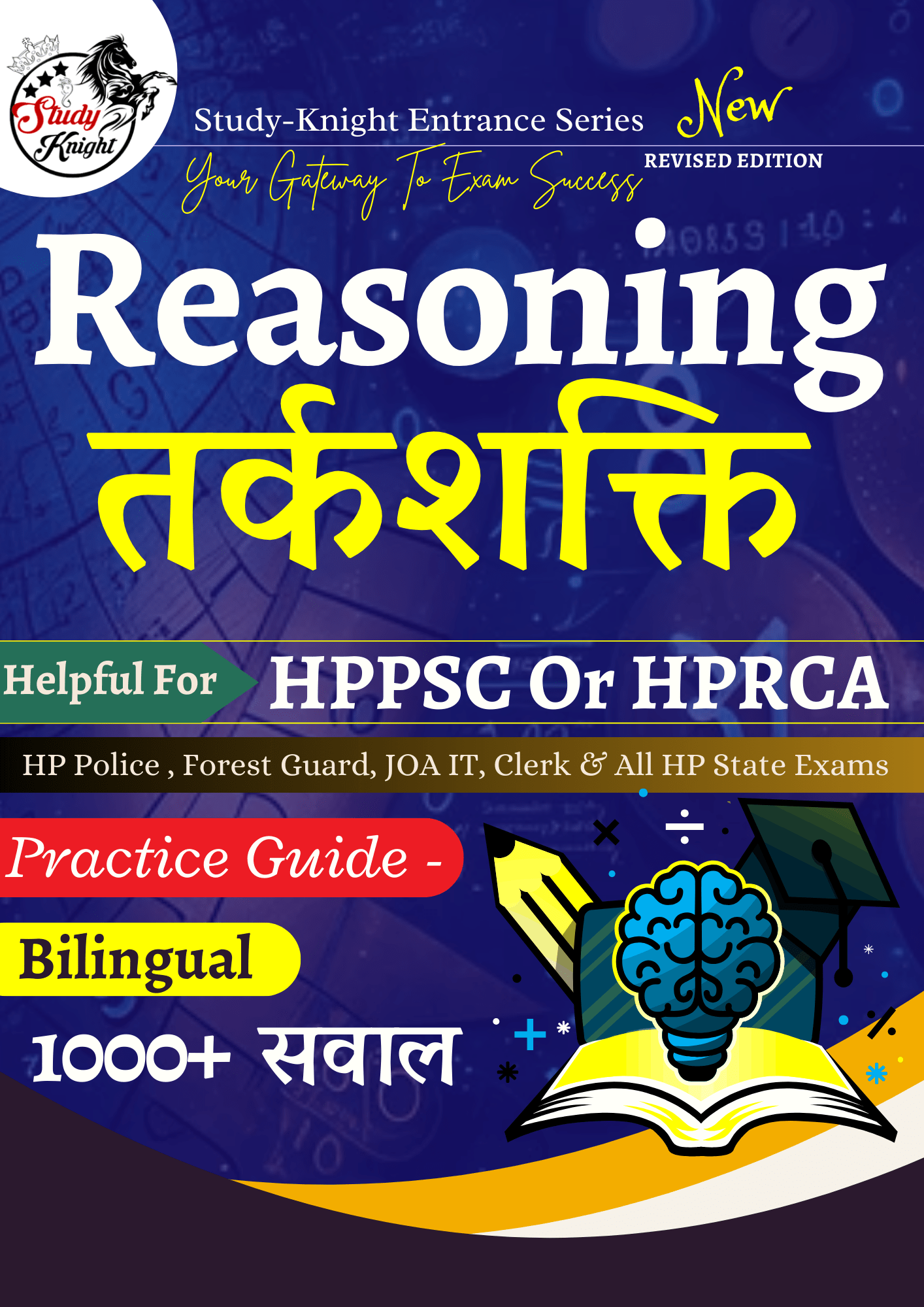Census Of District Hamirpur – Himachal Pradesh
Demographic Profile of Hamirpur District
| Item | Unit | Reference Year 2001 | Reference Year 2011 |
|---|---|---|---|
| Area | Sq. KM | 1,118 | 1,118 |
| Population | Number(s) | 412,700 | 454,768 |
| Male Population | Number(s) | 196,593 | 217,070 |
| Female Population | Number(s) | 216,107 | 237,698 |
| Rural Population | Number(s) | 382,494 | 423,338 |
| Urban Population | Number(s) | 30,206 | 31,430 |
| Scheduled Cast | Number(s) | 98,539 | 109,256 |
| Scheduled Tribe | Number(s) | 155 | 3,044 |
| Sex Ratio | Female(s) per 1000 Male(s) | 1,099 | 1,095 |
| Literacy Rate | Percentage | 82.46% | 88.15% |
| Population Density | Person(s) per Sq. KM | 369 | 407 |
This table provides a clear comparison of key demographic indicators for Hamirpur District between the years 2001 and 2011.
Also Read This: Brief Geography of Hamirpur District: in Depth
- Population and Density
- Population Rank: Hamirpur district occupies the 8th position among the districts in Himachal Pradesh in terms of population.
- Population Density: With 407 persons per sq. km, Hamirpur district ranks 1st in the state in terms of density of population.
- Sex Ratio
- Sex Ratio: Hamirpur district leads with a sex ratio of 1,095 females per 1,000 males, compared to the state average of 972 females per 1,000 males.
- Working Force
- Rank in Working Force: Hamirpur district stands at 8th position in terms of its working force with a total of 241,931 workers, against the state’s total of 3,559,422 workers.
- Decadal Population Growth
- Growth Rate: The district has a decadal population growth rate of 10.2% from 2001 to 2011, ranking it 10th in the state. This is lower compared to the state’s average growth rate of 12.9%.
- Literate Population
- Rank in Literacy: Hamirpur district holds the 7th position in terms of literate population with a total of 358,091 literates.
- Agriculture
- Cultivators: The economy of Hamirpur district is primarily based on agriculture, with 147,103 persons engaged in cultivation, placing it 7th among the districts of the state.
- Infrastructure
- Facilities: All inhabited villages in Hamirpur district are provided with electricity and potable drinking water.
- Tourist Destinations
- Major Attractions: The district is known for its attractive tourist spots including Hamirpur, Tira Sujanpur, Nadaun, and the Temple of Deothsidh Baba Balak Nath.
- Cultural Significance
- Festival: Hamirpur is famous for its colorful Holi Festival.
- Number of Villages
- Villages: The district stands at 5th position with a total of 1,725 villages among the 12 districts of the state.
Hamirpur District Demographic and Statistical Overview
Population and Growth Trends
- 2001 Census:
- Total Population: 412,700
- Males: 196,593
- Females: 216,107
- Population Growth (1991 to 2001): 11.80%
- Population Density: 369 people per sq. km
- Sex Ratio: 1099 females per 1000 males
- Child Sex Ratio (0-6 age): 850 girls per 1000 boys
- Total Population: 412,700
- 2011 Census:
- Total Population: 454,768
- Males: 217,070
- Females: 237,698
- Population Growth (2001 to 2011): 10.19%
- Population Density: 407 people per sq. km
- Sex Ratio: 1095 females per 1000 males
- Child Sex Ratio (0-6 age): 887 girls per 1000 boys
- Literacy Rate: 88.15%
- Male Literacy: 94.36%
- Female Literacy: 82.62%
- Urban Population: 31,430 (6.91% of total population)
- Urban Sex Ratio: 926 females per 1000 males
- Urban Child Sex Ratio: 907 girls per 1000 boys
- Urban Literacy Rate: 92.51%
- Male Literacy (Urban): 95.15%
- Female Literacy (Urban): 89.66%
- Total Population: 454,768
Projected Population (2021-2031)
- 2021: 494,100 (Projected)
- 2022: 497,800 (Projected)
- 2023: 500,900 (Projected)
- 2024: 503,500 (Projected)
- 2025: 505,800 (Projected)
- 2026: 507,800 (Projected)
- 2027: 509,400 (Projected)
- 2028: 510,800 (Projected)
- 2029: 512,000 (Projected)
- 2030: 513,100 (Projected)
- 2031: 513,900 (Projected)
Comparative Summary (2001 vs 2011)
- Total Population:
- 2001: 412,700
- 2011: 454,768
- Male Population:
- 2001: 196,593
- 2011: 217,070
- Female Population:
- 2001: 216,107
- 2011: 237,698
- Population Growth:
- 2001: 11.80%
- 2011: 10.19%
- Density (people/sq. km):
- 2001: 369
- 2011: 407
- Sex Ratio:
- 2001: 1099
- 2011: 1095
- Child Sex Ratio (0-6 age):
- 2001: 850
- 2011: 887
- Literacy Rate:
- 2001: 82.46%
- 2011: 88.15%
- Male Literacy:
- 2001: 90.15%
- 2011: 94.36%
- Female Literacy:
- 2001: 75.70%
- 2011: 82.62%
- Total Child Population (0-6 age):
- 2001: 50,699
- 2011: 48,548
- Child Proportion (0-6 age):
- 2001: 12.28%
- 2011: 10.68%
Additional Data (2011 Census)
- Houseless Population: 213 (0.0468% of total population)
- Area: 1,118 sq. km
What was the total population of Hamirpur District in 2011?
A. 412,700
B. 454,768
C. 494,100
D. 497,800
ANSWER: B
EXPLANATION: The total population of Hamirpur District in 2011 was 454,768.
Q.2
What was the population density of Hamirpur District in 2011?
A. 369 persons per sq. km
B. 407 persons per sq. km
C. 410 persons per sq. km
D. 420 persons per sq. km
ANSWER: B
EXPLANATION: The population density of Hamirpur District in 2011 was 407 persons per sq. km.
Q.3
What was the sex ratio in Hamirpur District in 2011?
A. 1,099 females per 1,000 males
B. 1,095 females per 1,000 males
C. 1,100 females per 1,000 males
D. 1,090 females per 1,000 males
ANSWER: B
EXPLANATION: The sex ratio in Hamirpur District in 2011 was 1,095 females per 1,000 males.
Q.4
What was the literacy rate in Hamirpur District in 2001?
A. 88.15%
B. 82.46%
C. 85.00%
D. 80.00%
ANSWER: B
EXPLANATION: The literacy rate in Hamirpur District in 2001 was 82.46%.
Q.5
How many people were in the urban population of Hamirpur District in 2011?
A. 30,206
B. 31,430
C. 32,500
D. 33,000
ANSWER: B
EXPLANATION: The urban population of Hamirpur District in 2011 was 31,430.
Q.6
What was the number of Scheduled Castes in Hamirpur District in 2011?
A. 98,539
B. 109,256
C. 100,000
D. 110,000
ANSWER: B
EXPLANATION: The number of Scheduled Castes in Hamirpur District in 2011 was 109,256.
Q.7
How many Scheduled Tribes were recorded in Hamirpur District in 2001?
A. 155
B. 3,044
C. 200
D. 100
ANSWER: A
EXPLANATION: The number of Scheduled Tribes in Hamirpur District in 2001 was 155.
Q.8
What was the male literacy rate in Hamirpur District in 2011?
A. 90.15%
B. 94.36%
C. 92.50%
D. 95.00%
ANSWER: B
EXPLANATION: The male literacy rate in Hamirpur District in 2011 was 94.36%.
Q.9
What was the female literacy rate in Hamirpur District in 2011?
A. 75.70%
B. 80.00%
C. 82.62%
D. 85.00%
ANSWER: C
EXPLANATION: The female literacy rate in Hamirpur District in 2011 was 82.62%.
Q.10
What was the rural population of Hamirpur District in 2001?
A. 382,494
B. 423,338
C. 400,000
D. 350,000
ANSWER: A
EXPLANATION: The rural population of Hamirpur District in 2001 was 382,494.
Q.11
What was the number of Scheduled Tribes in Hamirpur District in 2011?
A. 155
B. 3,044
C. 1,000
D. 2,000
ANSWER: B
EXPLANATION: The number of Scheduled Tribes in Hamirpur District in 2011 was 3,044.
Q.12
What was the child sex ratio (0-6 age) in Hamirpur District in 2011?
A. 887 girls per 1,000 boys
B. 850 girls per 1,000 boys
C. 900 girls per 1,000 boys
D. 870 girls per 1,000 boys
ANSWER: A
EXPLANATION: The child sex ratio (0-6 age) in Hamirpur District in 2011 was 887 girls per 1,000 boys.
Q.13
What was the total number of children under the age of 0-6 in Hamirpur District in 2011?
A. 48,548
B. 50,699
C. 45,000
D. 40,000
ANSWER: A
EXPLANATION: The total number of children under the age of 0-6 in Hamirpur District in 2011 was 48,548.
Q.14
What was the female population of Hamirpur District in 2001?
A. 216,107
B. 237,698
C. 220,000
D. 230,000
ANSWER: A
EXPLANATION: The female population of Hamirpur District in 2001 was 216,107.
Q.15
How many people were recorded as houseless in Hamirpur District in 2011?
A. 213
B. 100
C. 50
D. 300
ANSWER: A
EXPLANATION: The number of houseless people in Hamirpur District in 2011 was 213.
Q.16
What was the total number of people in Hamirpur District in 2001?
A. 412,700
B. 454,768
C. 500,000
D. 420,000
ANSWER: A
EXPLANATION: The total population of Hamirpur District in 2001 was 412,700.
Q.17
What was the urban population of Hamirpur District in 2001?
A. 30,206
B. 31,430
C. 35,000
D. 25,000
ANSWER: A
EXPLANATION: The urban population of Hamirpur District in 2001 was 30,206.
Q.18
What was the population of Scheduled Castes in Hamirpur District in 2001?
A. 98,539
B. 109,256
C. 100,000
D. 95,000
ANSWER: A
EXPLANATION: The number of Scheduled Castes in Hamirpur District in 2001 was 98,539.
Q.19
What was the population of Hamirpur District in 2024 projected to be?
A. 503,500
B. 500,900
C. 494,100
D. 497,800
ANSWER: A
EXPLANATION: The projected population of Hamirpur District in 2024 is 503,500.
Q.20
What was the child proportion (0-6 age) in Hamirpur District in 2001?
A. 10.68%
B. 12.28%
C. 11.50%
D. 13.00%
ANSWER: B
EXPLANATION: The child proportion (0-6 age) in Hamirpur District in 2001 was 12.28%.











